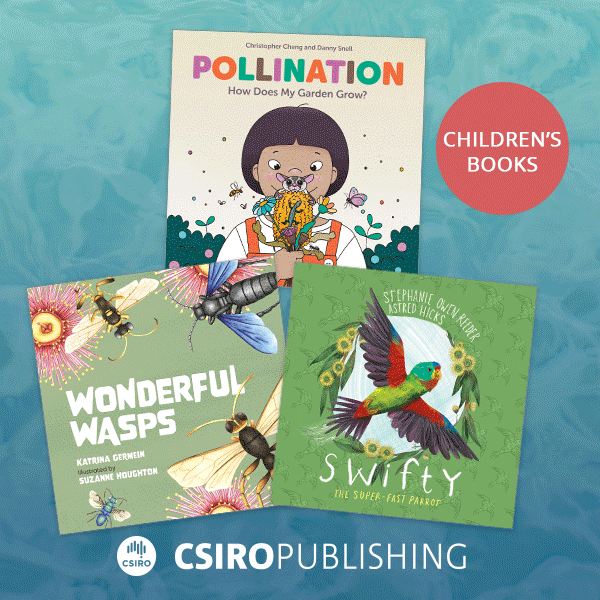Place carrots into a sealed bag in the fridge. Half should have their leaves removed.
Take part in the big, blind carrot experiment! Please post your results as comments to this post.
![]()
![]() Safety: Be careful when using sharp knives. Ask an adult for help. Use clean hands and clean equipment when preparing food.
Safety: Be careful when using sharp knives. Ask an adult for help. Use clean hands and clean equipment when preparing food.
You will need
- 6 carrots with leaves still attached
- Plastic zip-lock bag
- Fridge
- Chopping board
- Knife
- 2 plastic bowls
- Glass of water
Chop the carrots up. Put those that had leaves in one bowl and those that didn’t have leaves in another bowl. Now you’re ready for testing!
- Marker
- Notepad and pencil
- Coin
- Volunteers
What to do
- Choose healthy-looking carrots of approximately equal size.
- Remove the ‘tops’ (the end with the leaves) from 3 of them.
- Place all of the carrots together in a plastic bag and zip it closed.
- Put the bag into a fridge for about 4-5 days.
- Take 2 plastic bowls and mark the bottom of one with a letter or symbol to remind you that it contains the ‘leafy’ carrot pieces. While you’ll know it’s there, it should be hidden from view when volunteers see the bowl.
- Cut up the leafy carrots and put the pieces into the bowl you marked. Cut the non-leafy carrots into the same sized pieces and put them into the other bowl. Make sure the bowls look similar, with roughly the same amount of carrot in each. Place the bowls next to one another on a table.
- Draw up three columns in your notepad – one for ‘leafy carrots’, one for ‘non-leafy’, and one for ‘neither’.
- Ask your first volunteer to flip a coin. If they get heads, they eat a piece of carrot from the bowl on their left; tails, they eat from the bowl on their right. Once they’ve eaten it, ask them to drink the water to wash their mouth out and try the carrot from the other bowl.
- Ask your volunteer to tell you which – if either – of the two carrot pieces tasted sweeter. Record this on your notepad without your volunteer seeing, especially if you are gathering your data from a group.
What’s happening?
Carrots are actually the root of a plant, so the carrot’s job is to absorb water and nutrients from the soil as its leaves absorb sunlight and carbon dioxide. When the water and carbon dioxide are combined using the Sun’s light energy during photosynthesis, glucose is formed. The carrot stores this in the root for hard times.
Putting the carrot in the fridge hides it away from the sunlight, while putting it into the bag prevents carbon dioxide from getting in. To stay alive, the leaves absorb the glucose back out of the root, making those carrots less sweet. At least, that’s the idea.
Often in science, an idea sounds good in principle but is difficult to demonstrate as ‘true’. This is a perfect example – how can we show that carrots really do lose sugar if you leave their tops on? Could it be a myth?
Our minds are easily led or tricked by the power of suggestion. If you tell somebody that a carrot with its top removed tastes sweeter, they might expect it to be true. The carrot will then taste sweeter as a result of their mind playing tricks. How can we tell when our mind is playing tricks? Simple; we trick it back!
This experiment is a ‘blind’ test. Your volunteers don’t know which carrot should taste sweeter, and have no clues hinting which bowl might be different, so have no expectations. To be certain that the order makes no difference to their opinion you use a coin to decide which carrot they eat first.
In the end, we still can’t be absolutely certain that our hypothesis is certainly true. However, using a blinded experiment like this, we can be confident our idea is probably a useful one. Based on your results, what do you think? Is it true – or is it a kitchen myth?
If you’re after more science activities for kids, subscribe to Double Helix magazine!










Leave a Reply